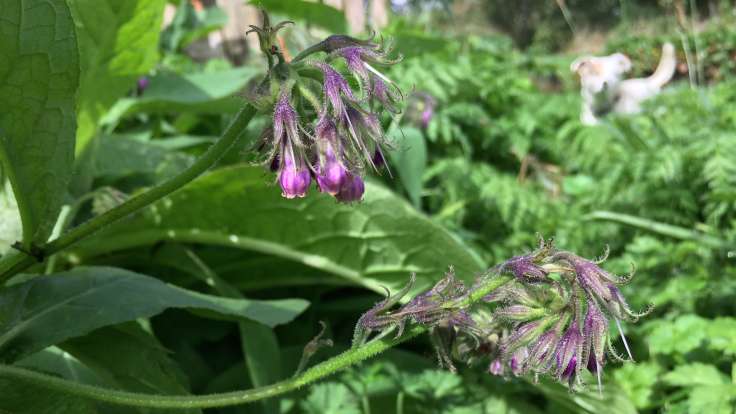
Comfrey (Bocking 14), a fantastic bee plant, mulch plant and all-round thuggish good guy
Bring a splash of colour to your forest garden with some stalwart “system plants”, providing a much needed boost of all-year-round nectar and pollen for your friendly pollinators and predators 🐝
The whole idea behind a forest garden is that it works with nature, to be as self-sustaining as possible. This means encouraging as much wildlife as possible so that all the crops are pollinated and all the pests are naturally controlled by predators. So a productive forest garden is, by definition, a wildlife friendly garden.
I had a huge amount of fun choosing my top ten bee & pollinator friendly plants. The trees (canopy layer) have been planted, and I’m most of the way through the planting the ground cover. Now I’m thinking hard about shrubs and system plants (these are plants that aren’t harvested for a direct crop but which provide great benefit for the garden as a whole). Now is the time for colour, for the bees and me!
The criteria for choosing the plants are threefold:
- They provide nectar and pollen
- They have a long flowering period
- I like the look of them
That last one isn’t so scientific. So, in no particular order, with the common name, flowering period and photo:
- Erica carnea (Winter Heath), Jan-Apr
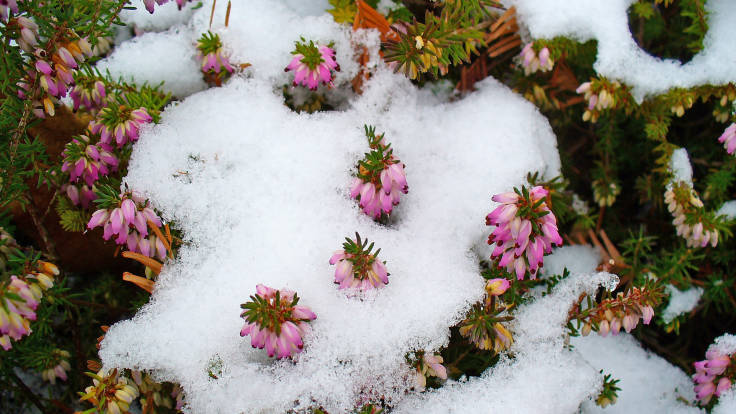
I’m not a fan of heather, reminds me of rockeries & old age BUT it’s not all about me. Fantastic for very early nectar & pollen. By H. Zell CC BY-SA 3.0
- Lamium purpureum (Purple Deadnettle), Jan-Dec

It’s a weed, I hear you cry! But no, it is a beautiful, beneficial and easy to grow plant. CC BY-SA 3.0
- Lythrum salicaria (Purple Loosestrife), Jun-Sep
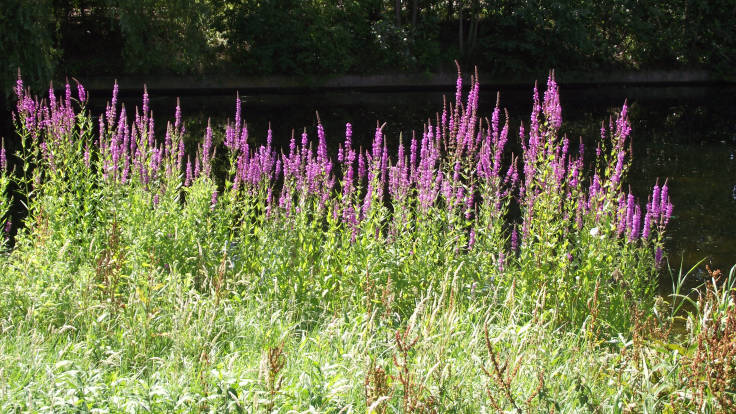
Stunning, architectural plant of damp places and ponds. By Smiley.toerist CC BY-SA 3.0
- Glechoma hederacea (Alefoot), Mar-Jun
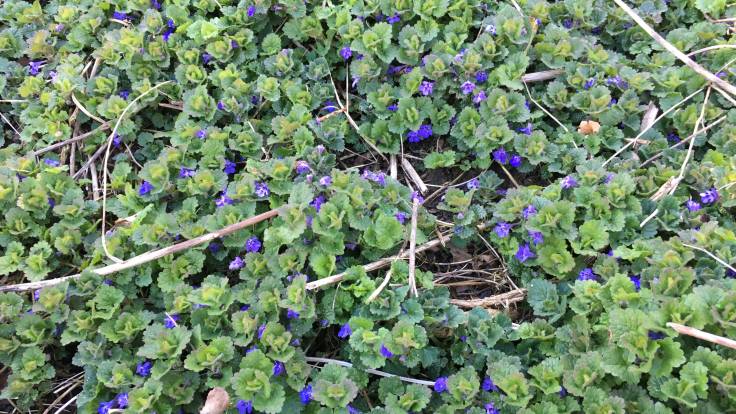
Commonly known as Alefoot, this is one of my favourite ground cover plants, with a glorious sheen of bee friendly flowers in early summer
- Symphytum ibericum (Dwarf Comfrey), May-Sep
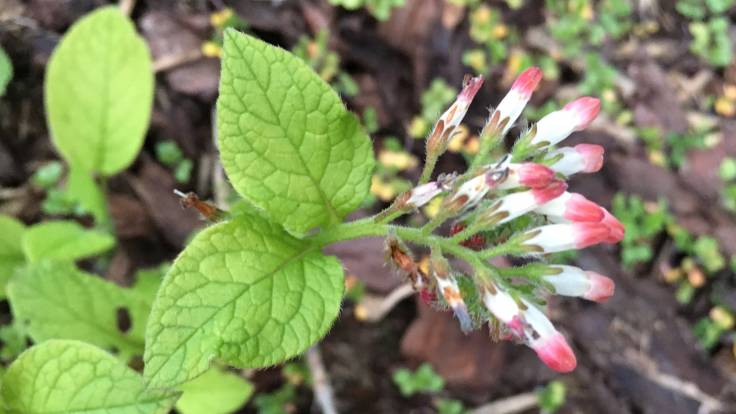
A beautiful stalwart ground cover plant, great mineral accumulator and just delightful, delicately hued nodding flowers.
- Caltha palustris (Marsh Marigold), Jan-Dec
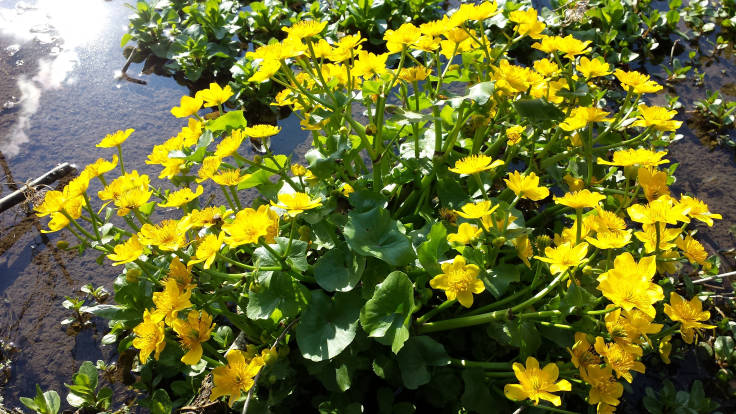
An-all-year-rounder, likes a damp spot, loved by pollinators. By Stefan.lefnaer CC BY-SA 4.0
- Borago officinalis (Borage), May-Aug
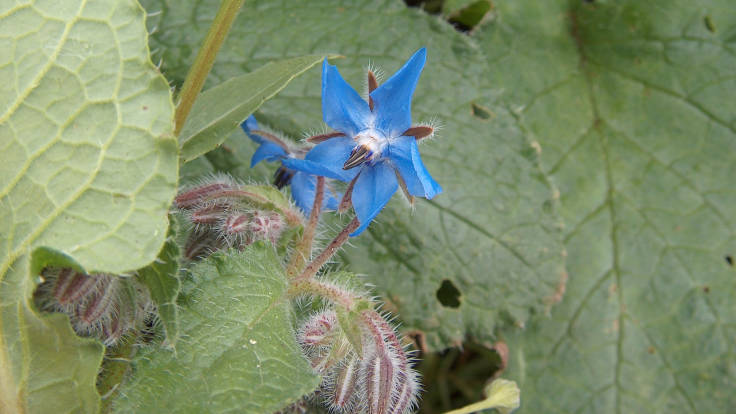
Did you know that the Borage flower can re-fill depleted nectar in 5 minutes? Nectar powerhouse! CC BY-SA 3.0
- Linaria vulgaris (Toadflax), Jul-Oct
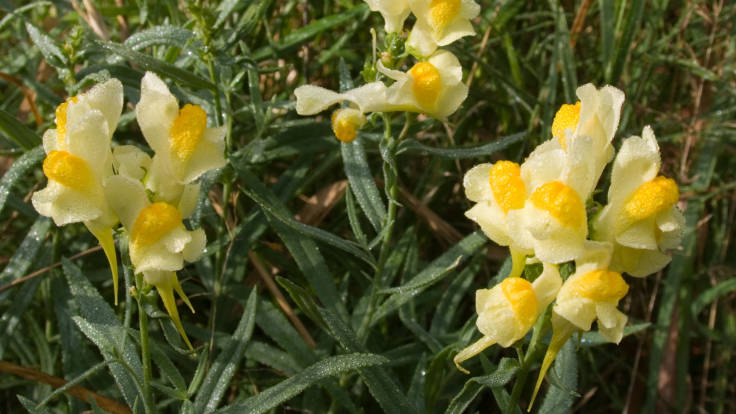
Toadflax, likes sun and well drained soil, interesting to see how we’ll get on By David Remahl (= User:Chmod007)
- Reseda luteola (European Mignonette, Dyer’s Rocket), Jun-Oct
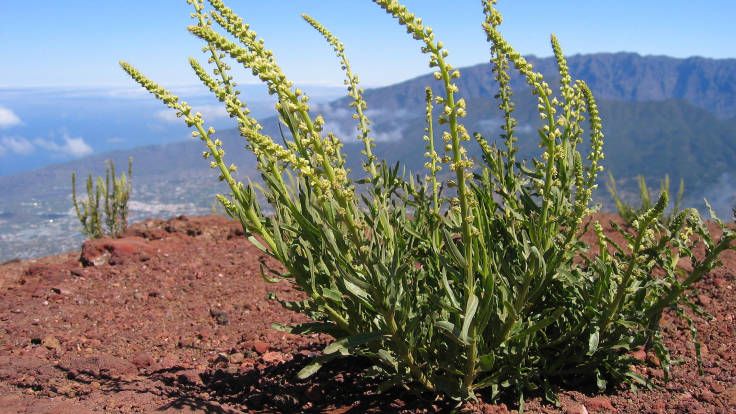
I have to love any plant which is called Bastard Rocket. Plus it is fragrant and you can make a dye from the roots. By Tigerente CC BY-SA 3.0
- Ulex europeaus (Gorse), Jan-Dec
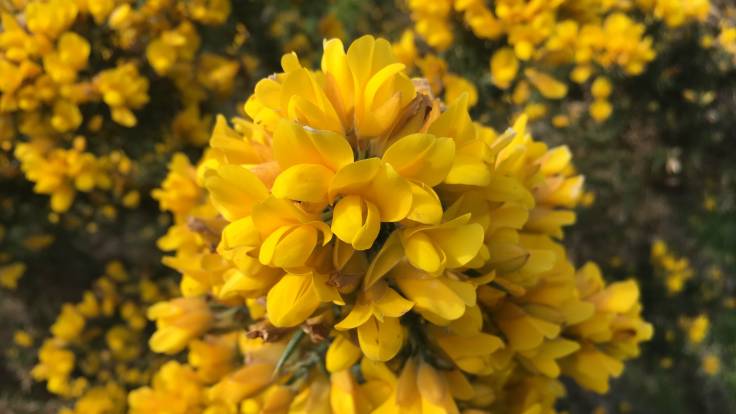
Gorse is super useful as a windbreak & keep-things-out hedge, you can make wine from the flowers & it’s a nitrogen fixer. Interesting challenge to incorporate it into a garden design.
A lot of the information is from Martin Crawford’s Creating a Forest Garden, Appendix 3, the ever-awesome Plants for a Future website and the RHS website.